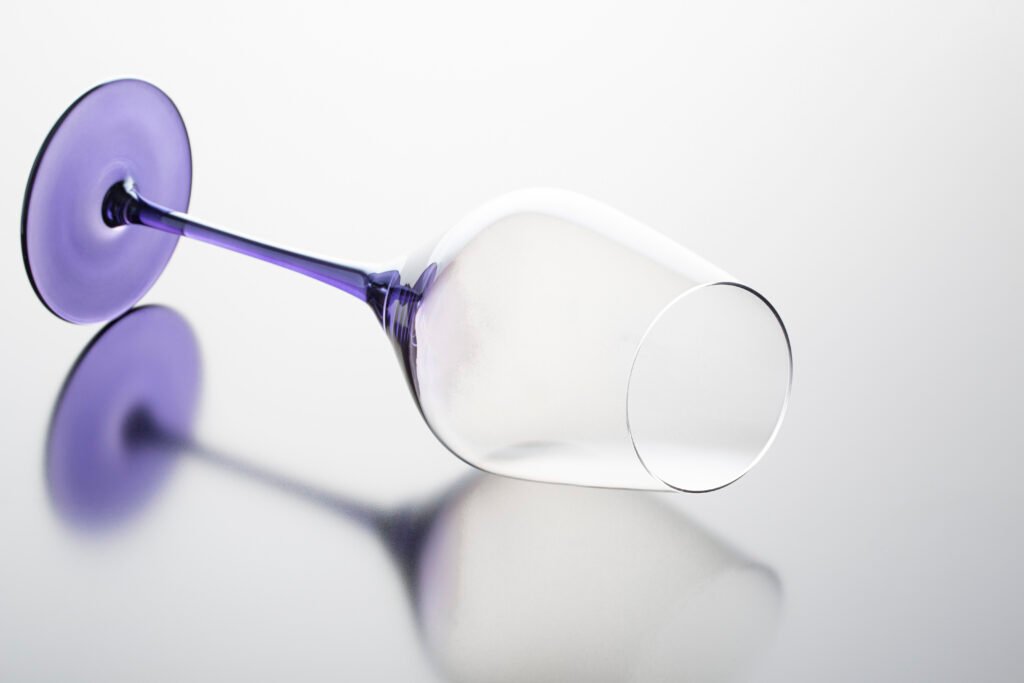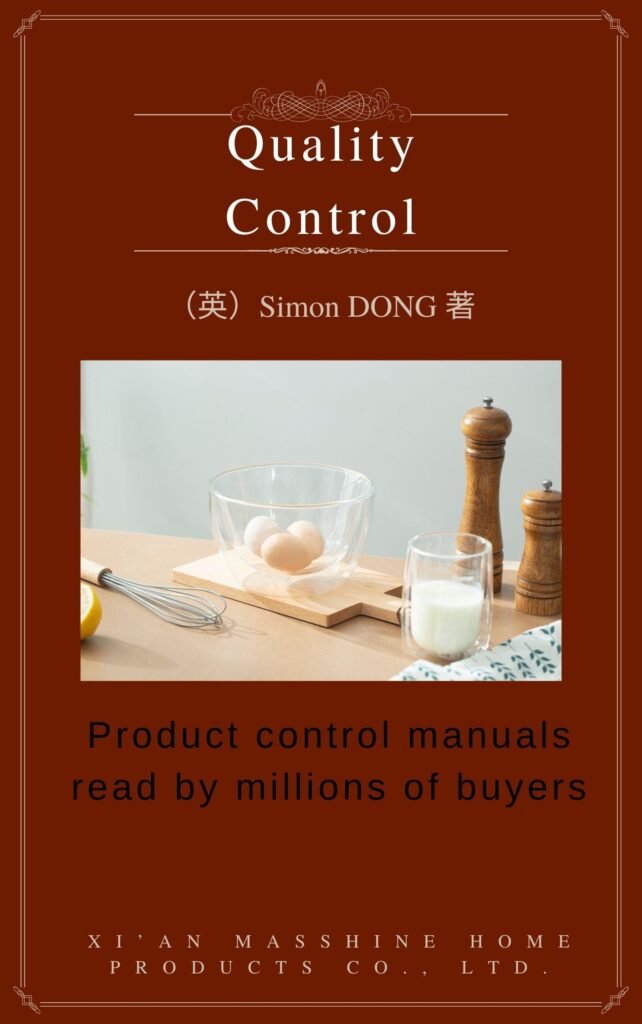When making glassware, there are two methods. One is machine-made, and another is hand-blown. People often ask: what are the differences between these two methods? Generally speaking, the price, the mold cost, the color of the glass, and the design of the glass are the four main aspects that make machine-made glass different from hand-blown glass.
1. Appearance difference
For machine-made glassware, On the market, see the primary products: single shape, less style, heavy product flow linear is poor, cup stiff. The bottom of the joint transition is rigid, but the consistency of product size specifications is good, with no bubbles, water ripples, and poor firmness.
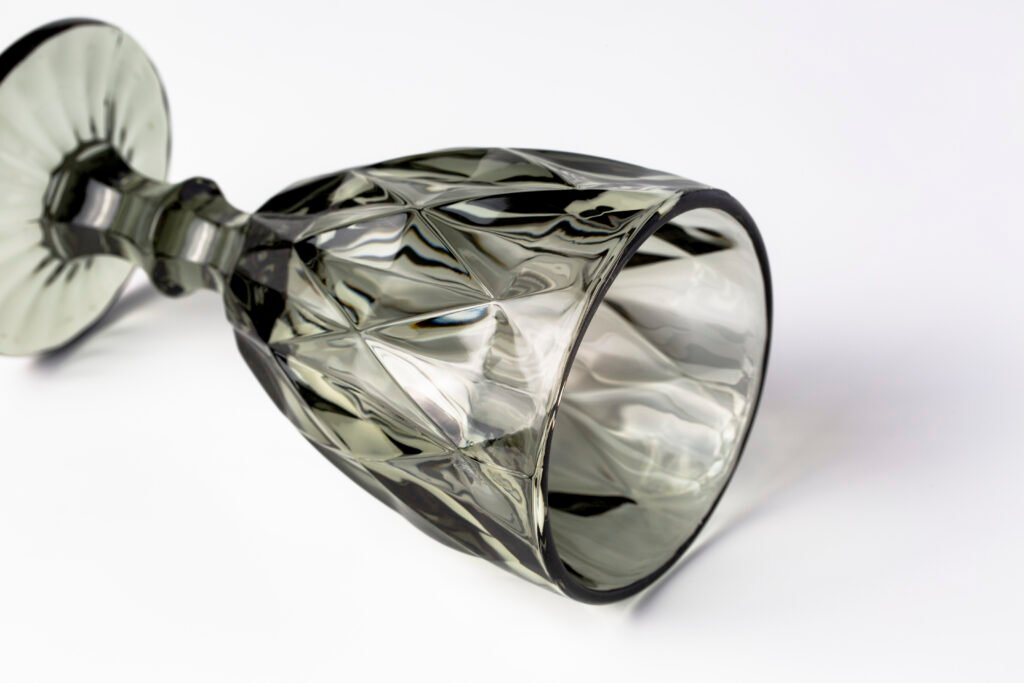
For hand-blown glassware, clear glass with rich colors and styles and the product is light, good product flow linear, product design follows the fashion market consumption and can supply more choice for consumers. And the mouth-blown glassware products can maximum limit satisfy personalized consumption argues that there are air bubbles and water ripple and good robustness.
In addition, for the Hand-made products, there will be subtle stripes, a few bubbles, the black and white points of chemical materials, and subtle differences in decoration. The existence of bubbles and strips is also one of the important differences between artificial and mechanical glass technology. It is also robust evidence for collectors to identify whether there is collection value.
2. Differences in the production process
Machine production lines make machine-made products with high output for machine-made glassware. Usually, a medium production line can produce tens of thousands or even hundreds of thousands of products per day, but without any artificial skill content.
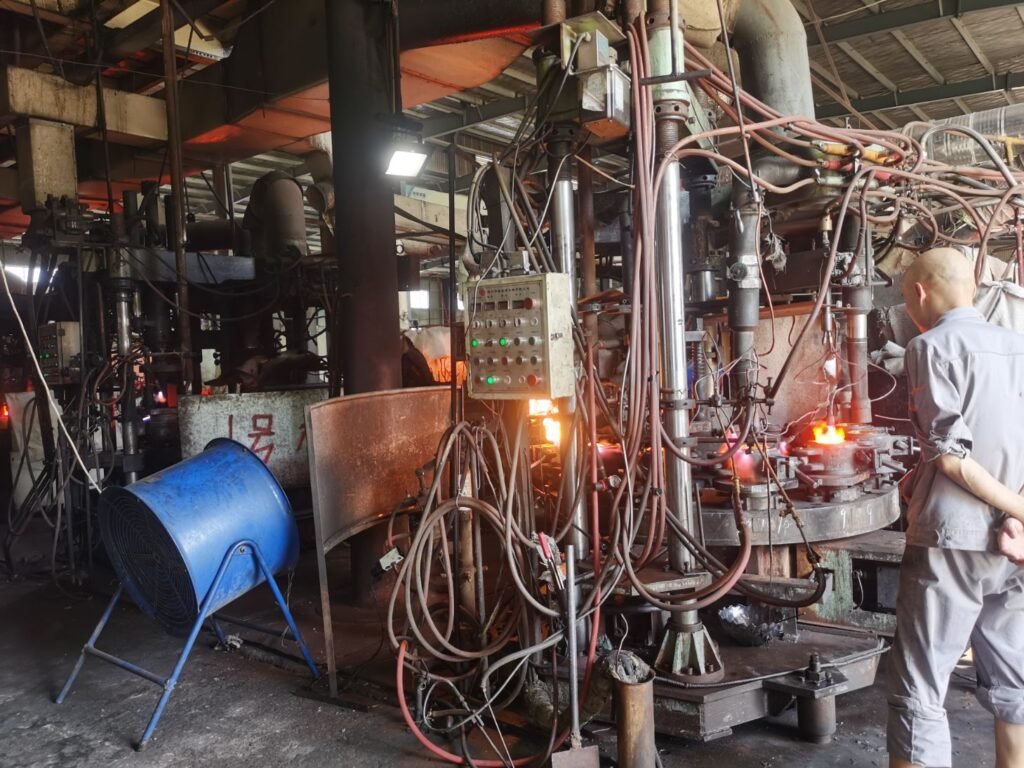
For hand-blown glassware, Each production link of each product is completed manually, and the output is low. Usually, the daily creation of each production team is hundreds, but each product contains the unique skills of the artisans and the work of exquisite carving.
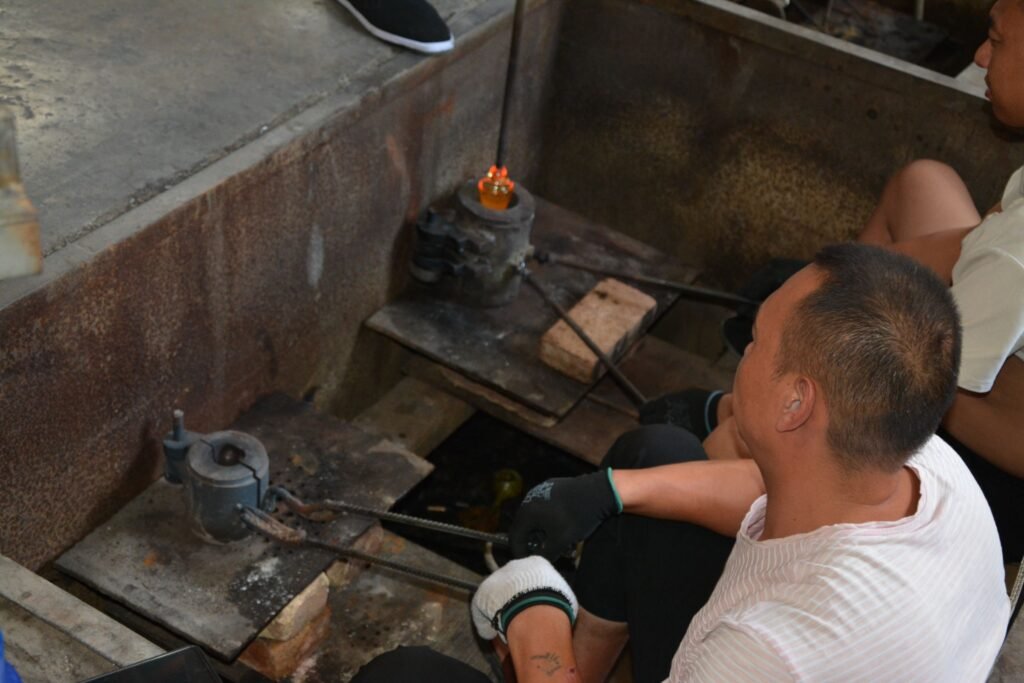
3. Value difference
Machine-made glassware: lower value, more functions to meet the use of consumers, lack of appreciation.
Hand-blown glassware: HIGH value, IN addition to having essential functions, in the process of use, add a lot of pride, elegance, and unique taste of life.
4. Mold fee difference
For the machine-made glassware products, the mold fee is about USD2000 ~ USD3500. However, the hand-blown glassware products, the mold fee is about USD150 ~ USD500.
5. Market Differences
Machine-made glassware products: mainly for guest group consumption occasions, low price.
Hand-blown glassware products: mainly for family consumption occasions, especially by the extensive pursuit of personalized consumption, fashion consumption groups are keen.
Hand-blown glass is generally thinner and more graceful than machine-made glass. This is preferable because a lighter-weight glass balances better in your hand and because a thin glass enhances wine, especially at the rim or lip of the glass. While taking a sip, a light, smooth edge where your lips meet the drink is best. These days you’ll find quite a few “combination” wineglasses with hand-blown bowls and machine-made stems and bases. They can be a good compromise between beauty and cost.
If you have any questions or comments, you can email cathy.jia@masshine.com or call 029-8154-4520. Thanks for reading!


